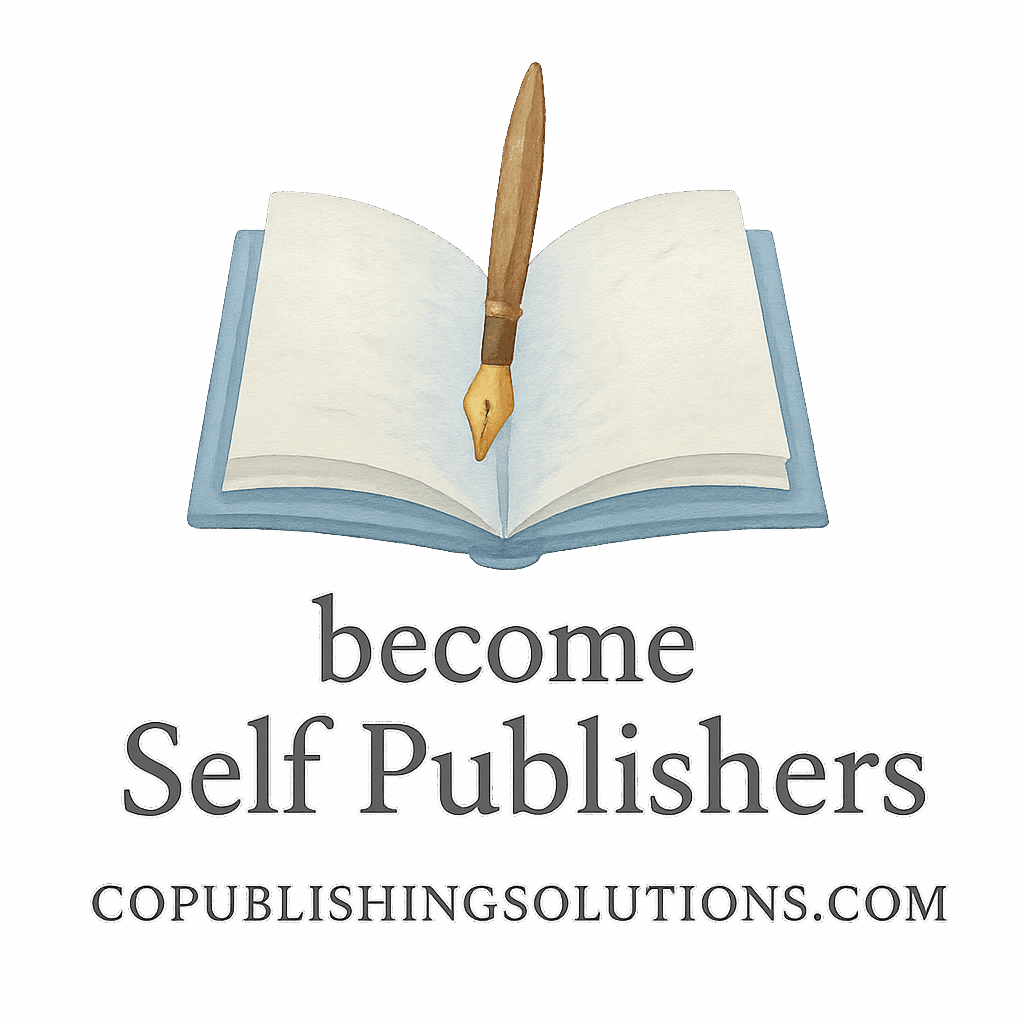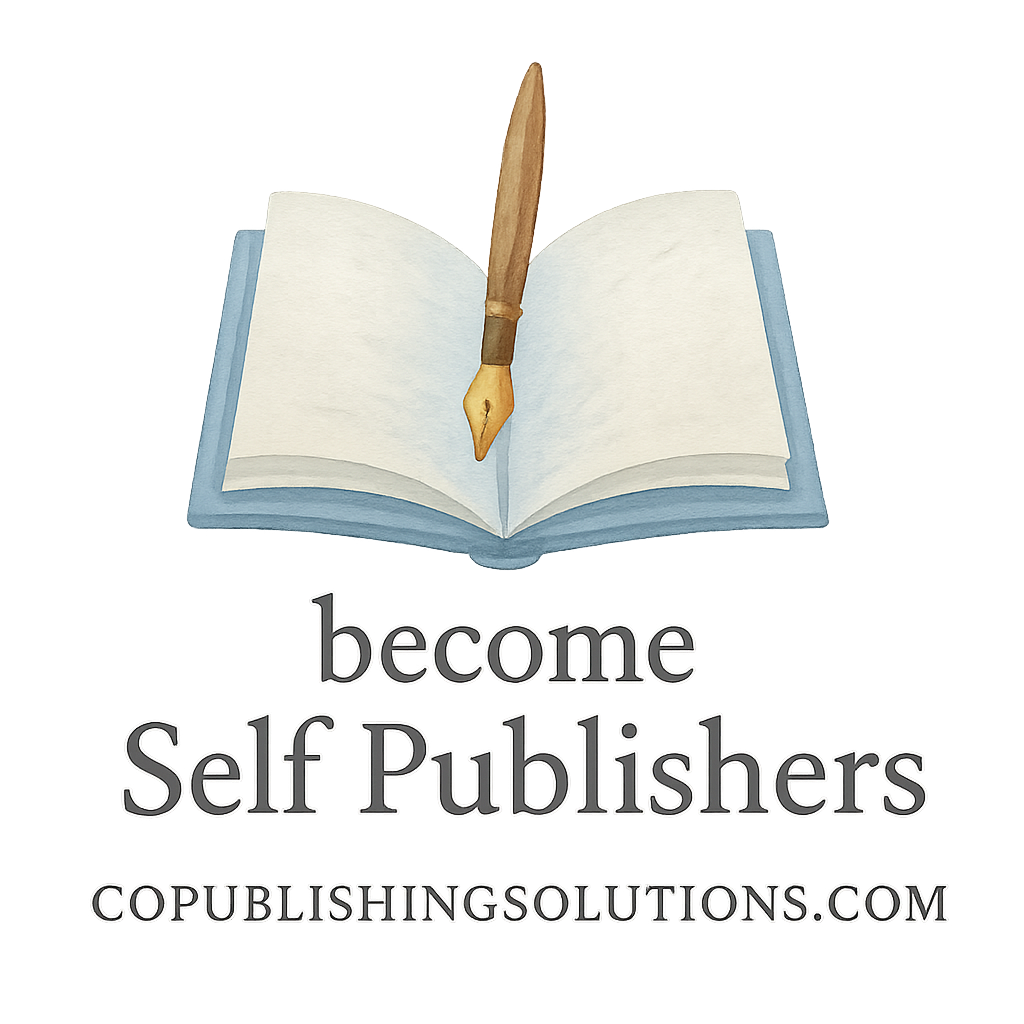Ever dreamed of publishing your own book, but not sure where to start? You’re not alone. The rise of self-publishing has opened the door wide for first-time authors, and guess what? You don’t need to write a 600-page novel to get started.
Let’s dive into the 6 types of books perfect for self-publishing beginners and why these genres offer the easiest path to your publishing debut.
Why Self-Publishing Is the Smart Move for Beginners
Self-publishing gives you creative freedom, full control over your profits, and the ability to publish on your own timeline. Platforms and services like CoPublishing Solutions offer tons of resources and publishing tools to help you every step of the way.
And unlike traditional publishing, you don’t need an agent or a stack of rejection letters to get going.
What Makes a Book Ideal for First-Time Authors
So what makes a book “beginner-friendly” in the world of self-publishing?
- Low production costs
- Manageable word count
- Straightforward formatting
- Strong niche appeal
- Potential for passive income
Let’s explore six book types that check all the boxes.
1. Personal Memoirs: Share Your Story
Why Personal Stories Resonate with Readers
We all have a story. And readers love authentic voices. Memoirs let you connect on a deep emotional level with your audience.
Memoirs are especially powerful for those writing about overcoming adversity, big life changes, or inspiring journeys. Plus, they’re relatively simple to structure chronologically or thematically.
Want inspiration? Visit the self-publishing basics section to see how beginners turn their life stories into publishable books.
How to Format and Structure a Memoir
Use simple book structure templates and focus on the message. Tools like Scrivener or Reedsy can help you stay organized, and you’ll want to explore tips on book pages and layout design.
2. Niche Non-Fiction: Teach What You Know
Monetizing Knowledge through Niche Books
Got skills? Turn them into a book. Niche non-fiction is a goldmine, especially if you’re in business, marketing, fitness, crafts, or even pet training. People love actionable advice that solves problems.
These books are especially lucrative when paired with a solid publishing content strategy and a clear monetization plan. Check out the marketing and monetization page for more.
Popular Niches for First-Time Authors
- Time management
- Parenting tips
- Freelancing
- Budget cooking
- Mental wellness
These areas offer evergreen appeal and low competition for new writers.
3. Children’s Books: Simple Stories, Big Impact
The Power of Illustrations and Rhymes
Children’s books are short, fun, and have strong visual appeal. They’re ideal for beginner authors who enjoy storytelling through rhymes or fun characters.
Even better? With the right book design, a few well-placed illustrations can turn a simple idea into a polished product.
Publishing Tools for Children’s Books
Use Canva or Book Creator to design your pages. Need help? The publishing tools and platforms section has awesome recommendations.

4. Guided Journals and Workbooks
Why Interactive Content Works for Beginners
Journals, planners, and workbooks are hot sellers on Amazon. They’re easy to create using templates and require less original writing. Think gratitude journals, daily planners, or habit trackers.
These books serve a specific function—perfect for someone dipping their toes into the publishing world.
Layout and Formatting Tools to Use
Focus on clean layout and usability. Affinity Publisher and Adobe InDesign are great tools for formatting pages. Also, don’t miss out on exploring formatting tips that make these books shine.
5. Short Story Collections
Bite-Sized Fiction Readers Love
Got a few great ideas but not ready for a full-length novel? Short stories are your answer. Compile a handful of well-crafted stories into one collection.
They’re easier to write, perfect for writing beginners, and help you explore different genres.
Collaboration and Co-Authoring Opportunities
You don’t have to go it alone. Try co-authoring with another writer. It’s a great way to share audiences and gain writing momentum. Learn more about collaboration tools and best practices on the site.
6. How-To Guides and Step-by-Step Manuals
Becoming an Authority with Simplicity
Everyone’s looking to learn something. If you can teach a process—from sourdough bread to setting up a Shopify store—you can write a how-to book.
These books are keyword goldmines and are perfect for building book sales and income.
Self-Publishing Tools for Guidebooks
Google Docs, Vellum, and Atticus are great tools for writing and formatting. You’ll want to check out advanced publishing growth techniques to get your book noticed.
Mistakes Beginners Make and How to Avoid Them
- Skipping editing
- Choosing poor cover design
- Not targeting a niche
- Overcomplicating their first project
- Failing to build a marketing strategy
Avoid these pitfalls and you’ll be lightyears ahead of most newbies.
Essential Publishing Tools and Platforms
Explore trusted platforms like:
- Amazon KDP
- Draft2Digital
- Lulu
- IngramSpark
And use resources from CoPublishing Solutions to streamline your publishing journey.
Final Thoughts: Start Simple, Publish Smart
There’s no “perfect” book to start with—only the one you’re excited to write. But if you want a smoother ride into the world of self-publishing, these six types of books are proven winners.
Remember: write what you know, simplify your process, and don’t be afraid to share your unique voice. Your audience is waiting.
FAQs
1. What’s the easiest book to self-publish for beginners?
Guided journals and how-to guides are among the easiest due to their low word count and simple formatting.
2. Do I need a professional editor for my first book?
While not required, a professional editor can dramatically improve your book’s quality—especially for memoirs and non-fiction.
3. Can I make money with just one self-published book?
Yes, especially if you pick a niche, use solid monetization strategies, and market it well.
4. Are short story collections profitable?
They can be—especially if you build a brand or series and keep publishing more.
5. How do I create my book’s layout and design?
Use tools like Canva, Affinity Publisher, or explore resources under book design for best practices.
6. Can I publish a book without writing it myself?
Absolutely! Ghostwriters and AI tools can assist—just make sure you own the rights and check for quality.
7. Where can I find help and resources for self-publishing?
Head over to CoPublishing Solutions for expert guidance, tools, and advice tailored to authors of all levels.


